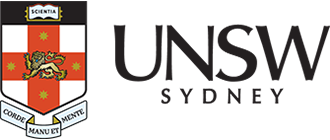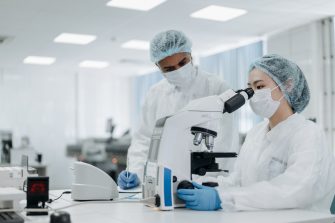PerkinElmer-Lambda 1050-UV-Vis-NIR Spectrophotometer

Description
The Lambda 1050 is a high-performance spectrophotometer designed for advanced research applications. It excels in sensitivity and accuracy, and its extended wavelength range, encompassing the near-infrared (NIR) region, enables comprehensive analysis across a broader spectrum.
Specifications
The Lambda 1050 is a double-beam UV-Vis-NIR with a triple detector for maximum sensitivity across the available wavelengths from 175 nm to 3300 nm (7.1 eV to 0.4 eV). It can analyse a wide range of sample types from liquids, solutions, transparent solids, powders and thin films on substrates. Each sample type requires a different accessory, so contact the facility staff first to ensure the instrument is configured correctly.
-
- 3-detector wide-band module that allows optical transmission or absorption measurements of liquid and solid samples in the range of 175 nm to 3300 nm (7.1 eV to 0.4 eV).
- 150 mm integrating sphere for the analysis of scattering samples and samples with variable thickness for the collection of diffuse and specular transmission and reflectance measurements of solid, liquid and powder samples at the range of 250 nm to 2000 nm (5.0 eV to 0.6 eV)
- Universal reflectance accessory for the measurement of absolute specular reflectance for samples 8 mm to 15 cm in size from 8° to 68° in the range of 200 nm to 2500 nm (6.2 eV to 0.5 eV).
Applications
- Spectrophotometric assays for quantitative analysis of solution
- Concentration determination - Band-gap measurements of transparent films & solid thin films
- Determining the colour & appearance of materials for quality control & product development.
Instrument location
Spectroscopy Laboratory location
Ground Floor, Room G31
June Griffith Building (F10)
UNSW Sydney Kensington NSW 2025
Phone: 02 9385 9795
Email: spec@unsw.edu.au
Access
-
Email
spec@unsw.edu.au
Parent facility
Explore more instruments, facilities & services
Our infrastructure and expertise are accessible to UNSW students and staff, external researchers, government, and industry.



